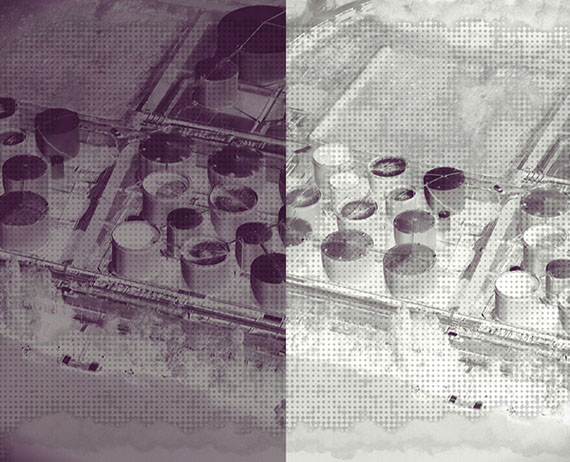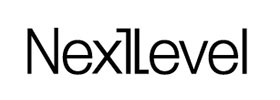
FX Combes »
Unsaturated Diptychs
Exhibition: 26 Apr – 14 Jun 2014

NextLevel Galerie
8, rue Charlot
75003 Paris
+33(0)1-44 54 90 88
info@nextlevelgalerie.com
www.nextlevelgalerie.com
by appt

FX Combes
"Unsaturated Diptychs"
Exhibition: 26 april - 14 June 2014
For his third personal exhibition at NextLevel Galerie, FX Combes presents Unsaturated Diptychs, seven new major works in large-format in which photography and painting contaminate each other.
“I have made photographs that form the basis material in this series during helicopter flights over Paris and its suburbs, one day when the light crushed the city.” Using digital software voluntarily “inappropriate” to destroy and reconstruct his original pictures, FX Combes carries our eyes toward uncharted territories. The artist also likes to say he always had thought “it had to divert, even destroy, a recorded image (both silver and digital process) to better reconstruct it: to create a new one.”
FX Combes has developed a hybrid technic, starting from a digital recorded aerial shot to reach to an image, which borrows from painting, newsprint, feature weft, ancient photographic technics (example close of Calotype) or advanced technics (satellite imagery or drones). Rather than opposing painting and photography, the work of FX Combes voluntarily plays a laid-back complementarity between these two medias. And as he outlines, his “artworks speak about idea. Idea of photography rather than Photography; Idea of painting instead of Painting.” Beyond the subject itself, the artist questions the image: what it gives to see.
The printed photographs on canvas, covered of a fine white layer, venture to the limits of the abstract, in keeping immediately a readable link with our contemporary world, whose its question the uninterrupted images production. Our daily environment is adorned of strangeness, moves to pure plastic composition status, while retaining a sense of realism or with familiarity persistence. The artist shows us the city from a fresh perspective, sometimes disturbing. He gives us access to another dimension, with futuristic accents but with a rigorous structural balance, inherited from the pictorial tradition. The diptych form register as a major
part of history of art, finding its roots in devotion paintings on wood of late Middle Ages and Renaissance but have kept its appeal to modern and contemporary artists, as it is evidenced by many examples in North-American painting.
�

Between destruction and reconstruction, FX Combes’s works seem to emerge news possibilities, through the confrontation of foreign processes to each other. The mild differences between the double pictures accentuate the mystery. The artist breaks up the photographic medium limits as painting. He hustles our landmark, fights evidences and well-defined frontiers. At the edge of several aesthetic universes, FX Combes’s works are remarkable depth. The different layered stratums, juxtapositions and subtle lags, are enough tools by which the artist disturbs our vision and analytic straightjackets. “When the machine momentarily has taken back the upper hand to impose its own vision, when tools escape from creator’s control, the “Ghost in the machine”, as well as Arthur Koetler named it, makes the work tip down and highlights a close and unexpected world.”, in which FX Combes invites us to fully enter. (Text: Valérie Douniaux)
FX COMBES was born in 1969 in Dinan, France. After studies at the National Fine Arts School (Ecole Nationale des Beaux-Arts), Dijon (France) then at the National Fine Arts School of Rennes (France), FX Combes entirely devotes to his artistic practice by establishing an unprecedented relationship between Painting and Photography. Since twenty years, FX Combes explores the photographic medium limits, looking for constantly push the perimeter often imposed to the photography. His work has
been subject of numerous exhibition in France (Musée National d’Art moderne – Beaubourg Paris) and abroad (Museum of Art Yamaguchi, Japan). It is part of public collections of FNAC (Fond National d’Art Contemporain) and of the BNF (Bibliothèque Nationale de France, Paris) as well as in diverse private collections in France or abroad.
